11 Superfoods to Maintain Muscle Mass As You Age
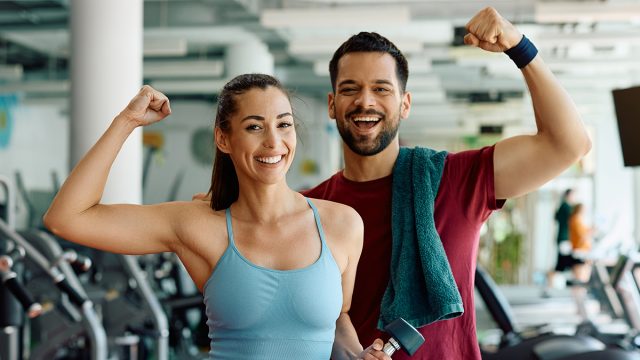
Yes, you can eat your way to healthy muscles. "Maintaining muscle mass as you age is crucial for overall health and functionality," explains Eoin Dillon, certified personal trainer and founder of CRYOGEN, a brand specializing in longevity supplements, dedicated to crafting nutritionist-approved products that redefine the aging experience. Here are 11 superfoods that can help, "especially from a male perspective, and including the benefits of hydrolyzed collagen peptides," he says. "Incorporating these superfoods into your diet can help maintain muscle mass, improve recovery, and support overall health as you age."
Lean Beef
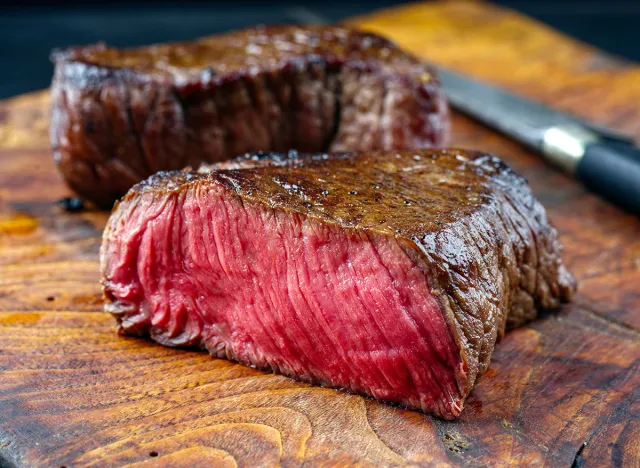
Rich in high-quality protein, iron, and creatine, lean beef supports muscle repair and growth, explains Dillon. "I recommend a fatter cut if you're in good physical condition as the added fat will help your testosterone levels too," he says.
RELATED: I Lost 100 Pounds, and Here's What I Do to Stay Lean
Chicken Breast
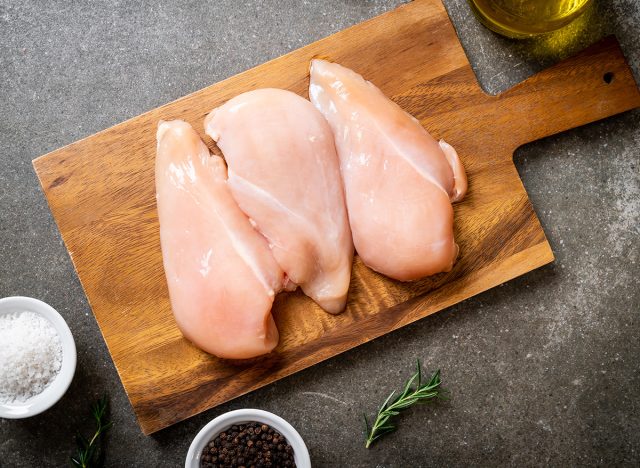
Chicken breast is a staple for muscle building, says Dillon. "It provides essential amino acids with low-fat content," he points out. It is also a good source of L-Arginine, "which is an amino acid that has a vasodilation effect which will support healthy blood flow."
Eggs
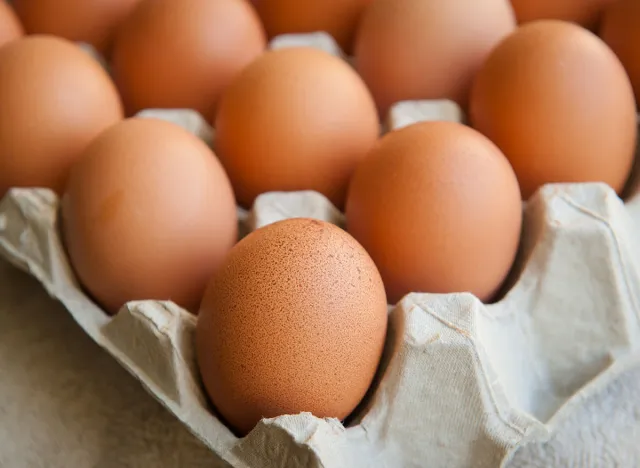
Eggs are a "natural multivitamin," says Dillon. "They contain complete proteins and healthy fats, along with vitamins B6 and B12, crucial for energy and muscle recovery."
RELATED: 10 Long-Term Side Effects of Ozempic
Salmon
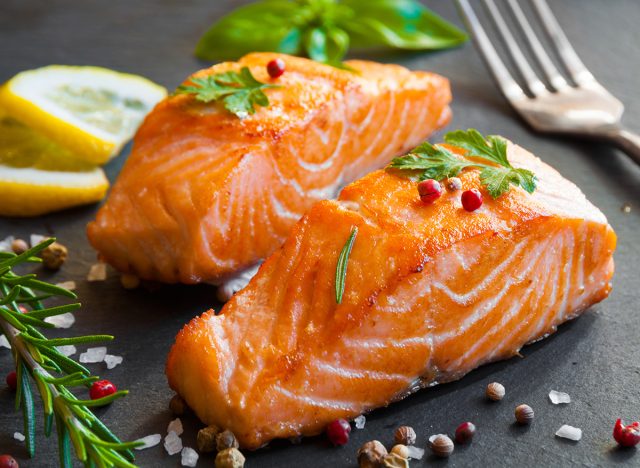
Salmon is packed with omega-3 fatty acids, "which reduce inflammation and improve muscle protein synthesis," says Dillon. "Add turmeric and black pepper to your diet for anti-inflammatory effects, too."
Greek Yogurt
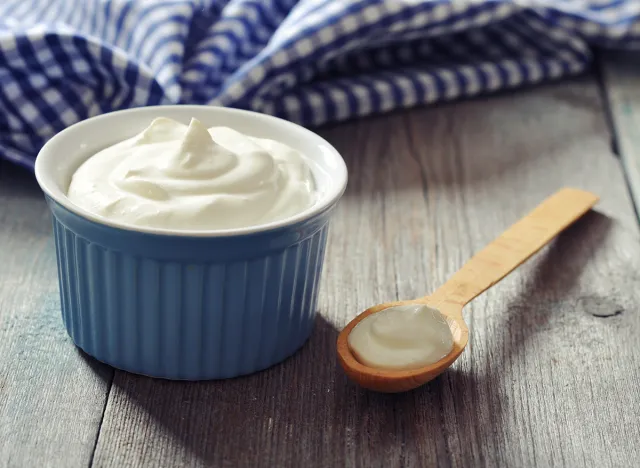
Greek yogurt is also a great superfood for muscles. "It is high in protein and probiotics, and it supports gut health and muscle repair," Dillon says.
Quinoa
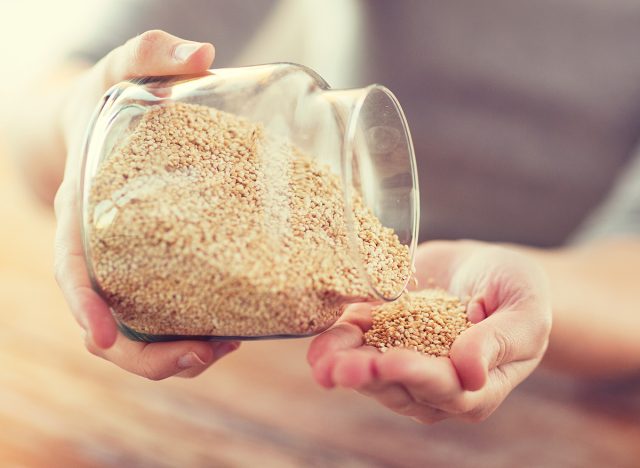
Quinoa is a complete plant-based protein with essential amino acids, fiber, and Magnesium, Dillon reveals. "Magnesium is crucial to maintain muscle mass. Try Magnesium Glycinate as it is high quality, more bioavailable, and is a natural sleep aid," he suggests.
RELATED: 8 Ways to Burn Calories at the Office
Almonds
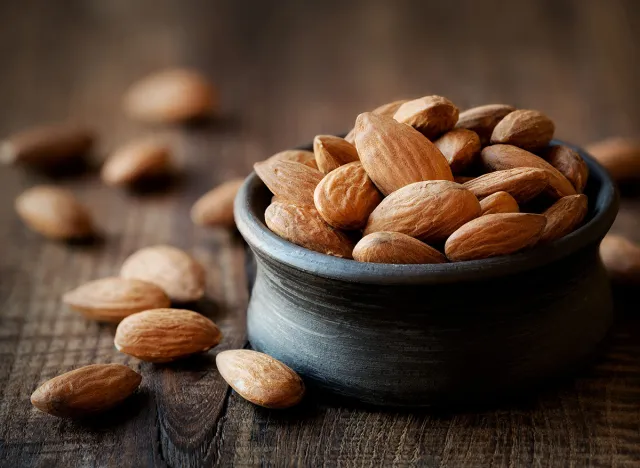
Almonds are a great nut for your muscles. "They provide healthy fats, protein, and magnesium, essential for muscle contraction and repair," says Dillon.
Spinach
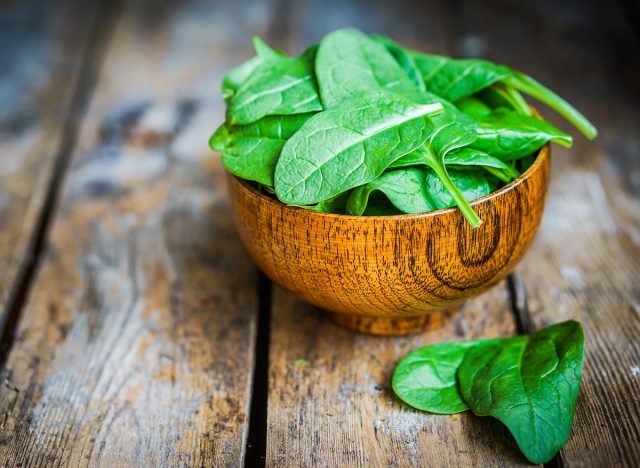
Don't forget to eat your greens. Spinach is rich in iron, magnesium, and nitrates, "which can enhance muscle efficiency and oxygen use," says Dillon.
Sweet Potatoes
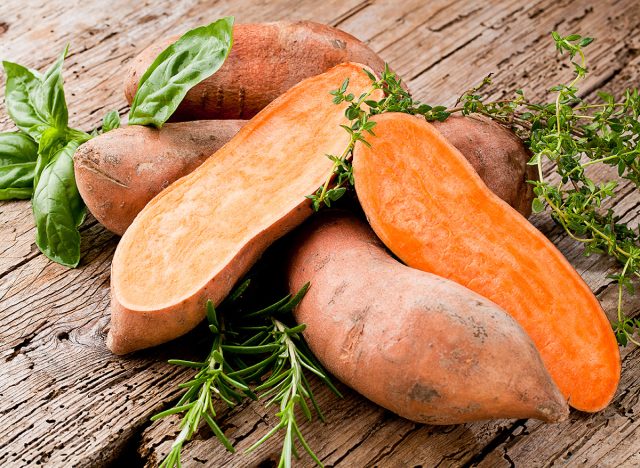
Sweet potatoes are also great. "They are high in complex carbohydrates and beta-carotene. They provide sustained energy for workouts and recovery," says Dillon.
RELATED: 12 Fruits and Vegetables Most Contaminated With Pesticides
Hydrolyzed Collagen Peptides
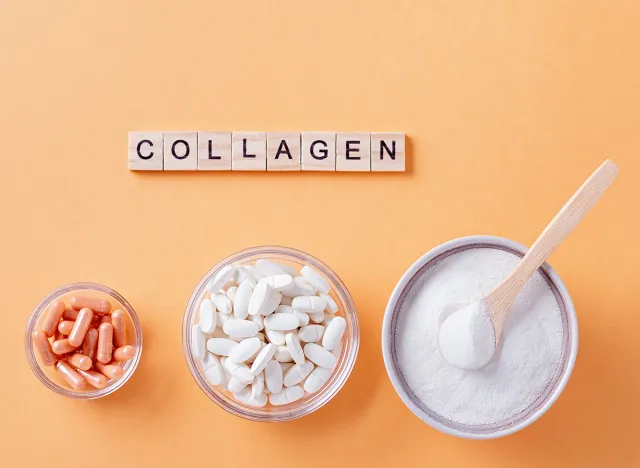
"Collagen peptides are easily absorbed and support connective tissue health, reducing joint pain and improving recovery times," explains Dillon. "The compounding effect of supplementing your diet with hydrolyzed collagen peptides is a healthy glow, great skin, supple joints, and strong hair! It's a must-have – I recommend CRYOGEN supplements collagen peptides as they're easy to take and of the highest quality."
Cottage Cheese
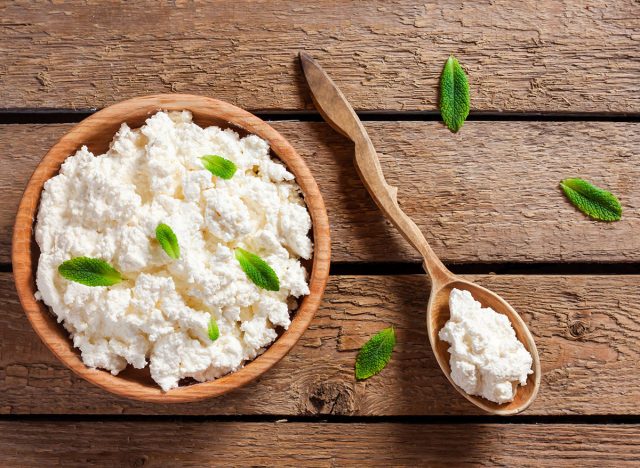
His last recommendation is cottage cheese. "It contains casein protein, which digests slowly, providing a steady release of amino acids to support muscle repair overnight," he says.
💪🔥Body Booster: Eat your eggs. Eggs are a natural multivitamin containing complete proteins, healthy fats, and vitamins B6 and B12, which are crucial for energy and muscle recovery.




